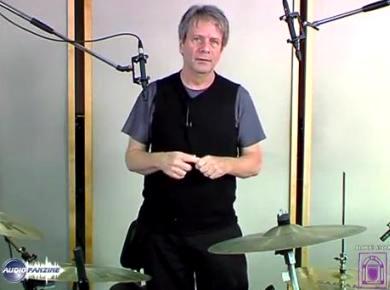


You would be nullifying these vents, causing the pickup pattern to be altered and the otherwise-directional mic to pick up from the monitors!) (Note, this is why cupping a microphone with your hands causes feedback.

By putting vents around the capsule you can introduce cancellations at specific points in the 3d space surrounding the capsule. The fun happens when you put the capsule inside of something, and you close it off mostly. That’s easy since a capsule floating in the air is going to be omnidirectional usually. Omnidirectional is just that: it picks up sounds in all directions equally. (Forgive my humour, I loved watching tokusatsu as a kid, especially super sentai and ultraman)įirst I need to explain what cardioid is, and what polar patterns are. I won’t be covering other patterns like figure-eight, ultra-directional, hyper-cardioid, super-cardioid or ウルトラマン pickup patterns. (It’s also the easiest for me to model in 3d). Why only cardioid? It’s both the most common, and I feel that it’s the most instructive. There’s a wide variety of patterns available, but I’m only going to cover the cardioid pattern. I’m going to explore the concept of utilizing polar patterns to optimize the use of various drum overhead miking techniques. By retaining the capsule’s position, but rotating it on any axis (with the center of the capsule as the origin), you can control ‘how much’ of each part of 3d space is picked up by the microphone. Microphone polar patterns have a big influence on what a microphone picks up in 3d space. In our previous episode we discussed microphone placement, and to do that I completely ignored microphone pickup patterns.

Reading Part One is pre-requisite for reading Part Two. However I do strongly believe that there are systems that can be used with minimal tradeoffs (and likewise minimal artistic benefits). My claim is that if you are making decisions about microphone placement without being aware of the tradeoffs of each system, then you’re doing it wrong. I want to reiterate once again, since many people seemed to miss it, I am not claiming that any specific system of drum miking is wrong. So in this post I’m going to discuss various drum miking systems, their deficiencies and how to approach correcting them if necessary. There’s a missing piece of the puzzle though: Microphone pickup patterns. When using two microphones for a stereo array, distance is also an important factor with regards to amplitude. Microphone placement is very important with regards to tonality and time/phase coherence. In Part One of this series I discussed placement of microphones.


 0 kommentar(er)
0 kommentar(er)
